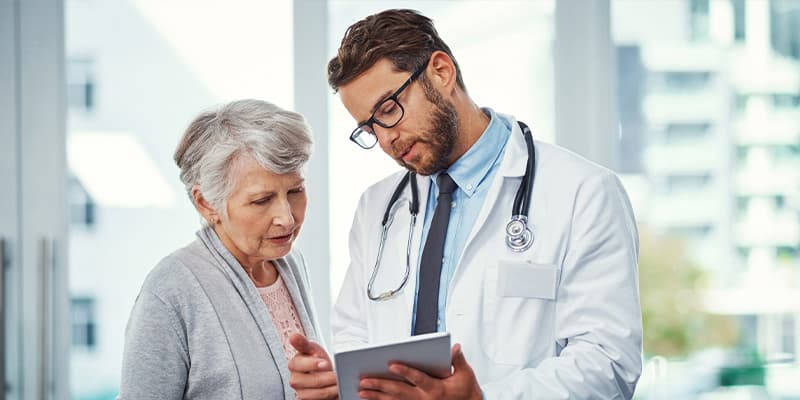Rosacea
Introduction
Anatomy
Causes
Symptoms
Rosacea may cause your eyes to feel dry, burning, and itchy. Your eyes may become red, swollen, and sensitive to light. You may develop blurred vision and excess tearing.
Diagnosis
Your doctor can diagnose rosacea by examining your skin. An ophthalmologist can evaluate your eyes for the condition.Treatment
Eye-related rosacea is treated with antibiotics and steroid eye drops. Your doctor will instruct you how to carefully wash your eyelids.
Prevention
Am I at Risk
Women experience rosacea more frequently than men do. It is more common in people between the ages of 30 and 60. Other risk factors for rosacea include:• Certain medications, such as some blood pressure medications.
• Menopause
• Fair skin
• Sunlight

Copyright © - iHealthSpot Interactive - www.iHealthSpot.com
This information is intended for educational and informational purposes only. It should not be used in place of an individual consultation or examination or replace the advice of your health care professional and should not be relied upon to determine diagnosis or course of treatment.
The iHealthSpot patient education library was written collaboratively by the iHealthSpot editorial team which includes Senior Medical Authors Dr. Mary Car-Blanchard, OTD/OTR/L and Valerie K. Clark, and the following editorial advisors: Steve Meadows, MD, Ernie F. Soto, DDS, Ronald J. Glatzer, MD, Jonathan Rosenberg, MD, Christopher M. Nolte, MD, David Applebaum, MD, Jonathan M. Tarrash, MD, and Paula Soto, RN/BSN. This content complies with the HONcode standard for trustworthy health information. The library commenced development on September 1, 2005 with the latest update/addition on February 16, 2022. For information on iHealthSpot’s other services including medical website design, visit www.iHealthSpot.com.




